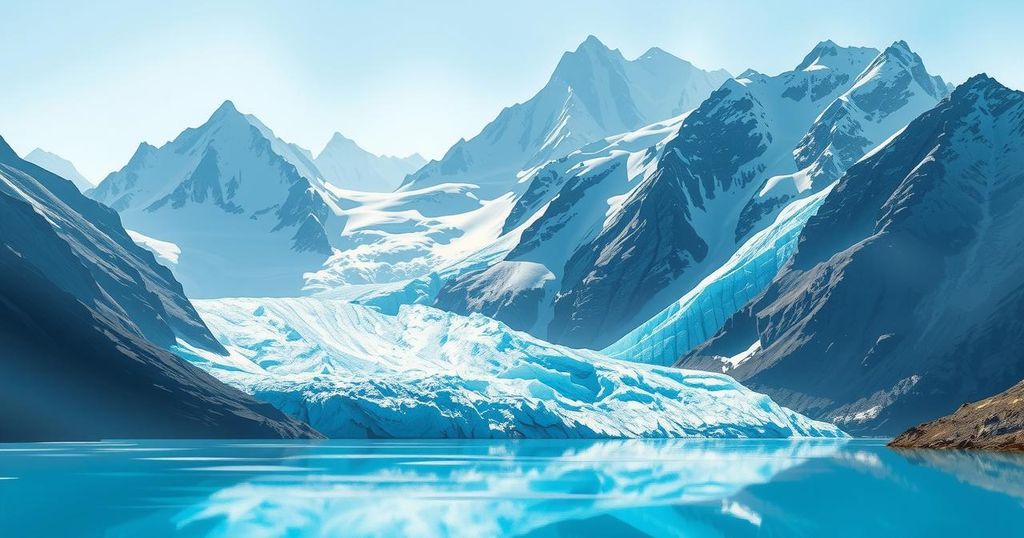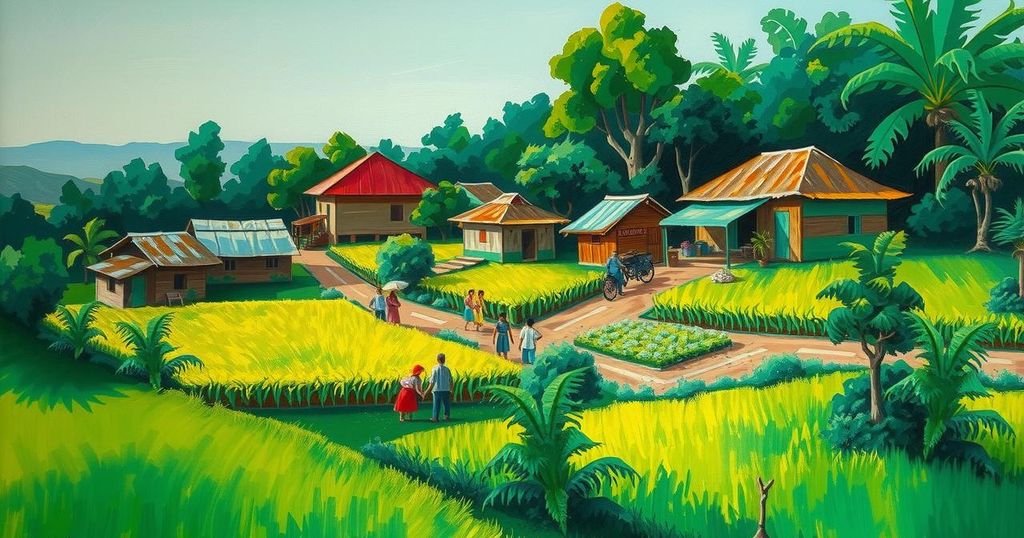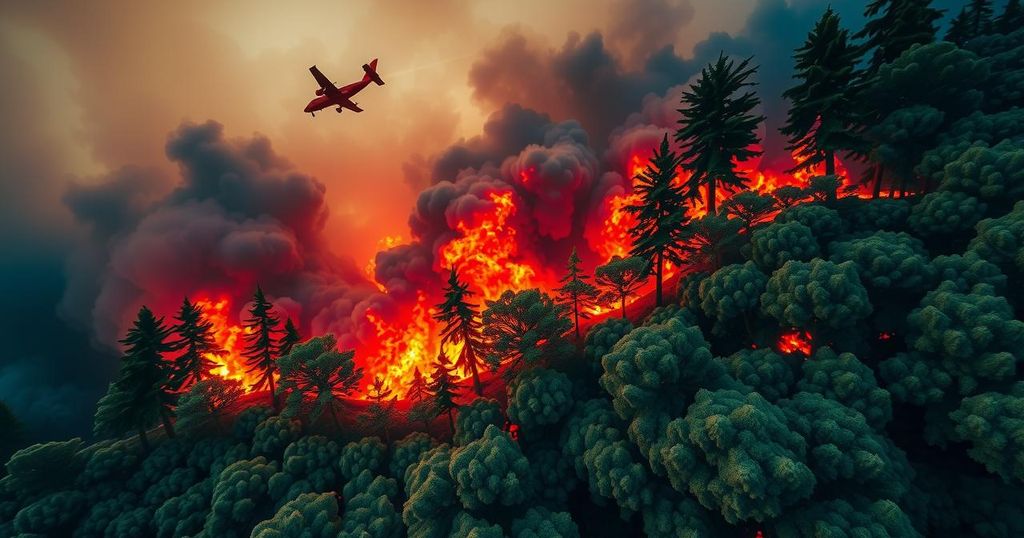Nepal’s Sagarmatha Sambaad Summit Highlights Climate Challenges and Opportunities
The Sagarmatha Sambaad summit is set to address pressing climate change issues in the Himalayas. With glaciers rapidly retreating and posing risks like GLOFs, the dialogue aims to promote sustainable strategies while recognizing the socio-economic opportunities inherent in these natural resources.
The Sagarmatha Sambaad is officially commencing today in Kathmandu, marking the first edition of this significant dialogue initiative led by the foreign ministry. Running from May 16 to 18, the summit is set to tackle the pressing issue of climate change, particularly focusing on mountains and their critical role for humanity’s future. Amidst this backdrop, there is a chance to draw a line between the Himalayas and their use as mere revenue generators, underscoring the necessity to protect this vital region.
The importance of the Himalayas cannot be overstated. They house the largest reserves of ice outside polar areas, with more than a billion individuals in the downstream basins like the Brahmaputra, Ganges, and Indus relying on glacier-fed waters for drinking, agriculture, and energy. Alarmingly, Himalayan glaciers are retreating rapidly; data shows a mean annual temperature rise in the Nepal region at 0.06 degrees Celsius, exceeding the global average. This temperature rise is expected to continue, leading to both increased glacial lake formation and severe consequences like glacial lake outburst floods (GLOFs) and changes in river flow rates that can disrupt essential water supply systems and heighten the risk of avalanches.
The repercussions of climate change on glaciers are stark. Between 1977 and 2010, Nepal experienced a 24% reduction in glacier area and a 29% loss of ice reserves. Despite having more glaciers—numbering 3,808 in 2010—due to fragmentation, all these glaciers are in retreat, averaging a loss of 38 square kilometers each year. Key regions such as Everest and Langtang are particularly at risk, with predictions stating some glaciers could disappear entirely by 2040. These losses complicate water supply as glaciers provide essential freshwater, support ecosystems, and influence local climates. Rapid climate change here threatens not just to disrupt ecosystems but could also lead to serious water shortages.
Glacial lakes pose additional challenges. Nepal is believed to have over 2,000 glacial lakes, with an average annual expansion of 0.83% from 1987 to 2017. A 2020 study from ICIMOD and UNDP documented 3,579 glacial lakes in critical river basins, identifying 21 as potentially dangerous due to GLOF risks. Lakes near the China-Nepal border also add another layer of vulnerability; GLOFs from these areas could result in devastating floods, potentially damaging thousands of structures and essential infrastructure on the Nepali side.
While glaciers are often just seen as hazardous, they also represent significant socio-economic opportunities. They act as vital water sources for irrigation and micro-hydroelectric power generation. Yet, this potential remains largely untapped in Nepal. Additionally, many glacial retreats reveal sacred sites for pilgrimage, intertwining spiritual and cultural value with natural beauty and recreational possibilities. Winter sports—a thriving industry in regions like the Andes and Alps—could find a home in the Himalayas, attracting tourists and generating revenue. Promoting such activities can help convert the challenges posed by climate change into economic opportunities.
The Sagarmatha Sambaad could become the cornerstone of Nepal’s strategy to address these climate issues while fostering sustainable development. This dialogue can serve as a platform to improve cryospheric monitoring and establish risk mitigation strategies. By utilizing remote sensing technologies and improved early warning systems for avalanches and GLOFs, Nepal could protect vulnerable communities effectively. Additionally, engaging in international collaboration and pushing for climate justice will be pivotal.
As Nepal navigates these challenges, there lies an opportunity to harness the economic potential of its glaciers and lakes—transforming threats into resilience, thereby ensuring a sustainable future for its mountain communities and an enduring legacy for future generations.
The Sagarmatha Sambaad stands as a critical forum for discussing climate challenges and the urgent need for sustainable strategies in the Himalayas. While significant risks like glacier retreat and GLOFs pose immediate threats to vulnerable populations and ecosystems, they also unveil potential avenues for economic development, including freshwater management, tourism, and winter sports. Utilizing advanced monitoring systems and fostering international cooperation could be pivotal in ensuring the longevity of these natural resources. As communities in Nepal strive to adapt to climate change, the dialogue initiated at this summit could be the first step toward driving meaningful change and resilience.
Original Source: myrepublica.nagariknetwork.com




Post Comment